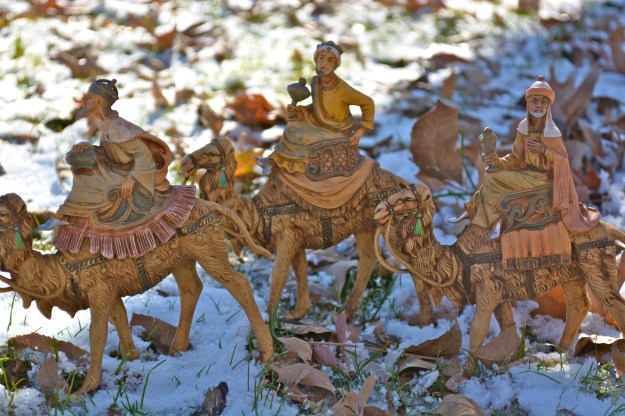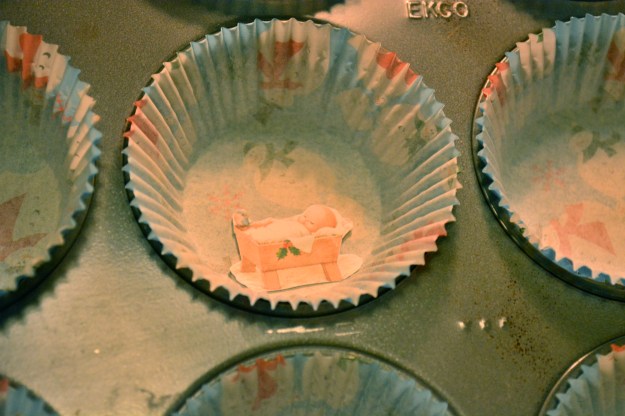I’m keeping my intro to this Abroad Blog of the Week short, because the interview is just so good. Personally I have been mesmerized by the photos of Harold Green on Through Harold’s Lens. I’m positive you’ll be captivated by his answers as well.
How does taking pictures while traveling impact how you travel?
My needs as a traveling photographer traveler are different from just a casual traveler who wants to shoot “look where I have gone photos”.
Before launching, I have to deal with what cameras, lens, hard drive and other camera gear to take. On various journeys there are weight limits too. Small planes used on African safaris, etc.
Security is always an issue. I sure don’t want to get to my destination and find my portfolio of camera gear missing. Therefore, all of it goes in my airline carry-on bags and in my photography vest. I’m talking about around 30-35 lb. of camera gear plus my personal items. Heavy, schlepping in some airports.
At my destination I love exploring with my wife, Rita. It takes me time and patience to create most of my images correctly. This often runs counter to the faster exploring needs of my wife.
Rita also loves to go shopping for items from the culture. These are most often best found in the local markets. This I love. For it is in the small markets, alleys and souks where I can establish relationships and create up-close and personal photographic images of the people and the local cultural items.

AFRICA. Botswana through my lens: 30-35 lb. of camera gear plus my personal items makes for some serious schlepping in some airports.
How do you approach taking a stranger’s photograph?
The key is building a relationship and trust.
In large cities and well-traveled areas, I simply ask the stranger. Most people are very honored that I want to photograph them. In this day of more heightened security, they truly appreciate you asking. Very seldom have I been refused.
Most of my travels take me into off the beaten path and into various remote areas, towns and villages. I find that the people there are often just as curious about me, as I am about them. So I work extra hard on building a relationship using the tools I have on hand: my camera, iPod, harmonica, etc.
Bree Bree Indians. Costa Rica. Carefully I walked on the wobbly vine bridge over the gorge 150’ feet below to the village of the Bree Bree Indians. The village is in the trees. Their animals lived below. Up the vine ladder I climbed into their home, filled with many children. Different language. Build trust! I sat on the bamboo floor at their eye level. Pulled out a small harmonica from my photography vest. Played a few short, catchy tunes. The children’s eyes were glued. Ah music, the universal language! Gave a child the harmonica to play. He loved it. All the children wanted to play it. The harmonica got passed around. Trust built! My camera went into high gear. Bree Bree children captured. I gave them the harmonica. Always carry a few.
The Maasai. Tanzania. I casually strolled through the small Maasai village. The adult Maasai looked to the ground and gave me questioning glances from the sides of their eyes. Seeing curious Maasai children, I took a few images of them. Then, I showed them their picture on the LCD screen in the back of the camera. They loved seeing themselves. I took more images. The Maasai adults watched. Then I carefully put the camera strap over a Maasai child’s neck. Showed him how to take a photo. He clicked. Many times. All the kids wanted to see the LCD screen and use the camera. I placed the strap over each child’s neck and let them shoot away. The adults gathered around closely. Trust built! For the rest of the day the Maasai were comfortable with me and my camera. I was even invited into a Maasai home just after the birth of a little new Maasai.

AFRICA. The Serengeti through my lens: Involvement with trust. I had just finished individually photographing over 30 of the most lovely Maasai women. They loved it and all wanted to see images of themselves on my camera. They were all huddled around me. I hung the camera strap around one Maasai woman’s neck and told her to take a photograph of me with one of the other Maasai women. This is the fun result.
Peruvian Indians. Chile. The indians from Peru were privately and quietly chatting among themselves. Their eyes carefully looked at me. Two were playing music. Pan flute and vibes. Standing there with my camera, who was I? At the end of one Peruvian song I turned on my iPod, buds in my ears, and began to dance to my music. They were very curious. Next I shared one ear bud with an indian and let him listen too. Together, we smiled and rocked to the rhythm. Then I shared my iPod and buds with another indian. He smiled and rocked too. Next my iPod, music and ear buds went around the tribe, all to smiling rocking indians. Trust built! My camera went into high gear.
These kind of techniques have worked for me from the mountain villages of Thailand to the rice fields of Vietnam to the war-pocked lands of Cambodia or with the Nomads on top of the dunes of the Sahara.
Many of my journeys are to very poor countries. I do not pay a person to take a candid photograph of them in a public place. I feel this sends the wrong message. Often later in the day, I make a donation to the school, medical facility or tribal leader, therefore my donation is not tied to shooting photography of the people.
What can photography teach us about culture?
Photography allows us to expose what one culture believes to another.
My photography allows me to go beyond the WOW of a scene! It allows me to engage very personally and in-depth with a culture, rather than to just be an observer on the outside. Photography teaches me the skills of building trust. I enrich myself by learning about other cultures and I learn more about myself as a person.
I am able to share my cultural experiences with others. I often take the viewer behind the scene of an image with a capsule short story. By taking a low-traveled viewer beyond their front doorstep and into the up-close and personal side of a culture, I feel I can help eliminate misconceptions and give them an opportunity to view our world through an open mind.
I often go into the local markets in a culture and purchase native music. As I am performing Post Production on my images, I always play the music from the region. This helps me re-live my cultural experience with a richer visual and audio aspect.
Often my images capture aspects of the culture I did not initially see. An image within an image. Thus I am being exposed to something culturally new. Something I never originally saw.
I share my photography of cultures with others most often in a non-commercial way. My Photography Blog www.throughharoldslens.com does this. My Facebook page: Harold Green Sr. also does it. If I have a photography show, 100% of the proceeds go to charity. I have put together photography presentations of a particular culture for a teacher to use in her geography classroom located in a poor Texas school district. The feedback adds personal depth and enriches my life.

AFRICA. The Serengeti through my lens: Building a relationship and trust. I spent two hours photographing these Maasai 15-year old boys out alone for six months on the Serengeti learning to be Maasai warriors.
What is your next big adventure?
Due to other commitments, at this moment I do not have a big adventure booked on my photography guide. It will happen!
I am researching photographing the people, customs, villages and lifestyles along The Amalfi Coast in Italy; trying to capture the legendary herds of wildebeest as they migrate across the crocodile infested waters and lion dominated shores of the snaking Mara Mara River where the northern tip of the Serengeti meets the Kenya border in Africa; the tribes of the Omo in Ethiopia, Africa and the cultures of the Indian communities in Peru.
What advice would you give a novice photographer when traveling?
Whenever I purchase a new camera or some new camera gear, before my journey, I take time to familiarize myself with all of it; how it works, what can it do, all the buttons, etc. I do not want to spend time on my journey with my face buried in a manual or questionably studying the buttons on a camera. On to Greece, I purposely left my new Nikon camera at home for this reason. Things happen fast and you have to know what to do. Now. Plus, I want to be able to see and explore the culture.
I always remove the camera strap with the camera’s name and cover the name on the camera and lens. By eliminating the names I am increasing my security. I put a very secure, non-slip camera strap on each camera and always wear it around my neck. All of my cameras and camera gear go in my airline carry-on bag. My camera is always with me, morning, noon and night. There’s an old adage: “you will see the best shots when you do not have your camera”.
I always take the road less traveled when going through a new culture. I do not pre-judge. I am not afraid or hesitant and stick my nose in everywhere.I am always polite and patient.
When I see a scene I want to shoot, I focus on the item that drew my eye to that scene. I work on not being tempted to widen my lens to include more aspects that are in the theme.
I prefer candid photography vs posed. I don’t put a family member or friend in my images unless there is a reason. I don’t have a need to say “I went to ?” if I have the photos. I want my scene to be the focus, not the traveler. I find this to be a more interesting image.
Contact:
I hope some of my thoughts will help others. I am always open to comments and questions. I can be reached through my Photography Blog www.throughharoldslens.com
My Facebook page: Harold Green Sr. I live in San Miguel de Allende, Mexico.
My email: haroldgreen40@gmail.com
I hope that my images and comments will inspire others to travel and explore other cultures of our world with an open mind. Thank you for inviting me to be your participating guest on Aboard Blog of the Week.
Have Fun Clicking and Writing,
Harold Green















